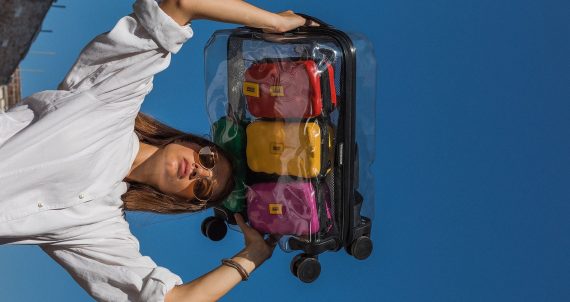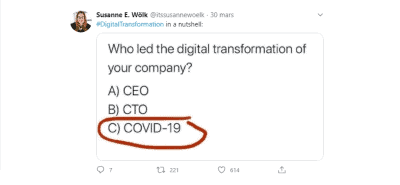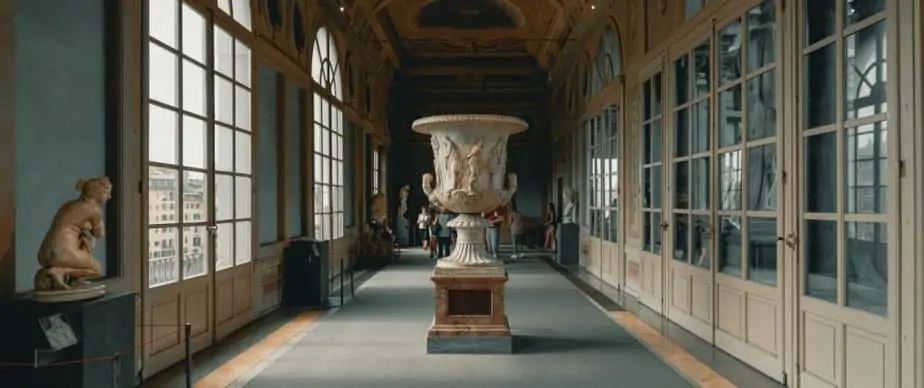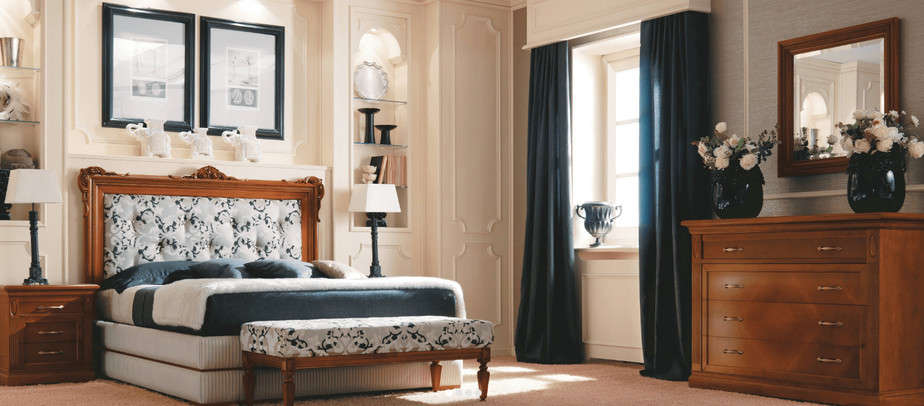Italian design and Covid-19: eight digital counterattack stories

First quarters are usually an exciting time for the design industry, with lots of tradeshows all over the world. But this year, Covid-19 has wreaked global havoc, turning these major events into virtual formats, in the best cases, or into deserted places, in the worst ones.
Italy, one of the top design countries in the world, was hit very badly by that. As Dalia Gallico explains, Italian producers had to face two problems besides the pandemic: the predominance of the touch-and-feel factor, which no computer can reproduce, and the low level of digitalization all over the country. But their reaction was tremendous, and many companies started digital experiments as soon as the health crisis broke out. Here are the views of eight Italian entrepreneurs.

Alberto Scavolini – Ernestomeda CEO & member of the board of
Milan Salone del Mobile
Due to this touch-and-feel factor, companies in the design sector have typically considered that online sales are only viable for strong brands, which can rely on customers that already know their quality. But Covid-19 offered no alternative to jumping into the digital channels. That was also true for the design tradeshows, although they didn’t know which digital channel to use. For Alberto, the advantage for tradeshows to go online comes from the web features of being available 24/7 and border-free: these features allow tradeshows to attract more participants and therefore to create more business opportunities, which could compensate for the missing touch-and-feel factor.

Giovanni Pastorino – Deltacalor
CEO
He remembers some virtual trade fairs from five years ago. The results in terms of participation were disappointing, and the lack of the human touch was the main reason. Even after Covid-19, for Giovanni, tradeshows remain important, but, considering the costs, other digital investments can deliver better ROI. With an average cost of 60 000 euros per tradeshow, the average yearly budget is more than 200 000 euros if a company exhibits in four or more fairs. For the same budget, the web options are enormous and can achieve better results faster. Virtual showrooms, pop-up e-shops, advertising campaigns, 3D rendering, etc. are some of the online actions that a company can deploy to get prospective clients, instead of exhibiting in physical tradeshows. This trend is accelerating not only among exhibitors but also among visitors, since they are using digital purchasing tools more and more often instead of tradeshows. So, without buyers, why exhibit in a tradeshow?

Carlo Urbinati – Foscarini
CEO
The marketing team has been working long months on the COLLEZIONI catalogue and on the VITE project for showcasing Foscarini products in real houses around the world. They were the key promotional tools for Milan Salone del Mobile, but when the tradeshow was cancelled, the distribution channels had to adapt, right away! Carlo decided to turn COLLEZIONI into a fully digital catalogue and VITE into short videos on SkyArte and on Instagram TV. By doing so, he delivered two additional advantages: on the one hand, it was possible to publish many more pictures and videos instead of the few ones selected for the original version. On the other hand, thanks to a fast and global distribution, they become immediate new channels for Foscarini brand awareness in all its 80 operating countries.
 Francesco Scacchetti – Gruppo S.C.A. & Villadeste Italia CEO
Francesco Scacchetti – Gruppo S.C.A. & Villadeste Italia CEO
Francesco’s business is in customized luxury interior design for hotels and private houses. As for many other entrepreneurs in Italy, the lockdown meant extra time for two things: hitting the pause button to rethink their multichannel strategy and moving as much of their business as possible online. This is what Francesco did. After some strategic brainstorming, he decided to create an online showroom, which his team is now using to explain their products to prospective clients during video meetings. And to find prospective clients, now that trade fairs are closed, he decided to start digital lead generation campaigns on Google to target B2B professionals in the luxury design niche internationally, which will have a lower budget than the one for trade fairs but with the same results.

Francesco Pavia – Crash Baggage
Founder
Francesco has been exhibiting in Maison&Objet for seven years, twice every year. In his view trade shows help find clients and build a brand but the cost is high and often the investment is not be worth it. After seven years, at the end of 2019, Francesco decided to stop Maison&Objet and to invest in new channels. Although Covid-19 had nothing to do with that decision, it accelerated the development of web tools: a new e-commerce and an updated digital marketing strategy. Both were designed to support Crash Baggage’s sales, which changed tremendously lately, going from wholesalers and distributors to a more direct model based on independent stores and final consumers.
 Giovanni Rizzuto – Colori del Sole – Owner
Giovanni Rizzuto – Colori del Sole – Owner
Colori del Sole is another example of this digital acceleration. Giovanni, the founder of this Sicilian manufacturer of artisan tableware and china, says that small businesses are not familiar with all the opportunities offered by the internet. He had the advantage of having a good brand, which helped him build a large digital network with his current customers. Covid-19 was a key accelerator that pushed him to create a new e-commerce website during the lockdown. Without Covid-19, he would probably not have done it. Giovanni learned that “even if selling online sounds as difficult as swimming in an ocean of opportunities and threats, once you’ve decided to dive then the only possible direction is to swim forward”.
 Giovanni Salvarani – Salvarani Story – CEO
Giovanni Salvarani – Salvarani Story – CEO
This is a different case. After the bankruptcy of FEG, Salvarani’s holding company, the brand has not been used for more than five years. Giovanni, the founder’s son, registered the brand again two years ago and has been working to revitalize it. With a multichannel approach, he launched a vintage sport line on social media, e-commerce and other physical sport events, while preparing a new strategic project in high-end innovative kitchens. The pandemic has not really changed the plan but gave an acceleration mainly on the digital channels.
Conclusions
Covid-19 sped up the digital timeline of many companies in Italy and worldwide, proving that the world doesn’t wait for anyone. That’s also true for the digital world: the longer you stay out, the longer you will take to become a market leader, even in the design sector.

But not all digital timelines are created equal. In a 2018 research, Harvard Business Review showed that almost 70% of the money spent on digital transformation was wasted in developments that didn’t reach the goals. If companies are overwhelmed by having to decide what to do without knowing what to do, they should identify the right person to help with these decisions. Because, while not deciding incurs the risk of being disrupted and replaced, bad decisions risk wasting money.
Digital should not be overwhelming. In the age of Covid-19 and beyond!

 Francesco Scacchetti – Gruppo S.C.A. & Villadeste Italia CEO
Francesco Scacchetti – Gruppo S.C.A. & Villadeste Italia CEO Giovanni Rizzuto – Colori del Sole – Owner
Giovanni Rizzuto – Colori del Sole – Owner